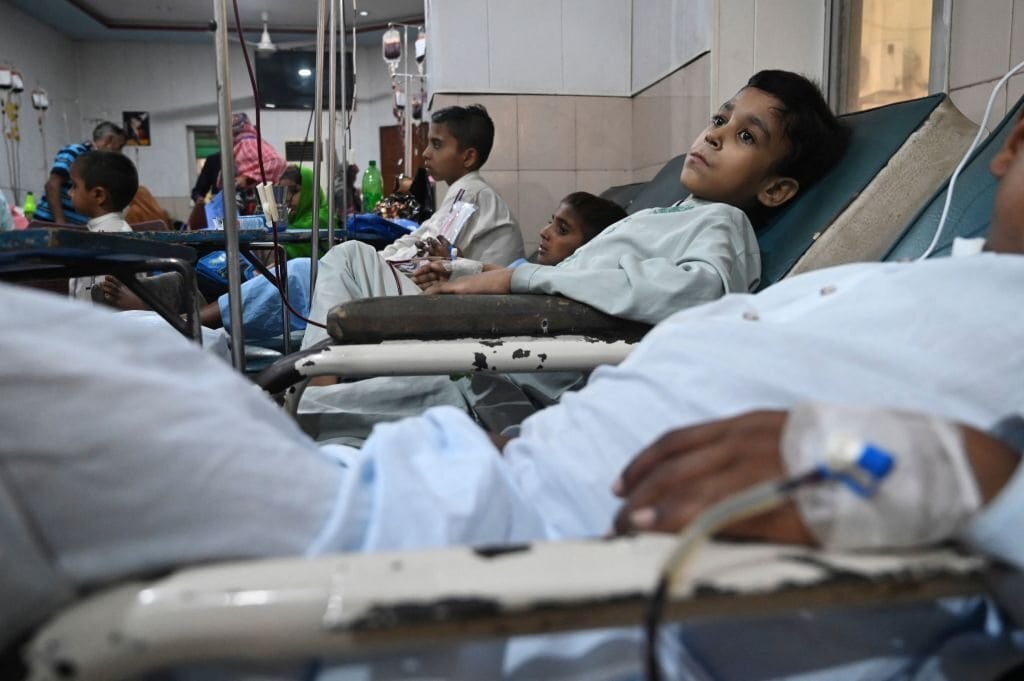
Medical And Educational Facilities are in short supply across Pakistan, according to the first Digital Economic Census 2023. The census records 119,789 hospitals and 242,616 schools, along with 11,568 colleges and 214 universities. With a national population of about 241.5 million, there is, on average, one hospital for every 2,016 people. These figures point to a serious gap in health and education capacity and require immediate policy response.
The census shows 7.143 million businesses and a workforce of 25.344 million. Most social facilities are concentrated in a few provinces. Punjab has 64,821 hospitals and Sindh has 27,000 hospitals and 57,602schools, respectively. Khyber Pakhtunkhwa (KP) has 20,034 hospitals, 45,318 schools. Balochistan has 5,911 hospitals and 14,228 schools, and Islamabad has 2,014 hospitals and 2,392 schools. These counts map clear regional imbalances in service availability.
The education shortfall is acute at higher levels. The country has 11,568 colleges and 214 universities to serve millions of young people. College places remain limited, and technical training capacity is small. The result is a narrow pipeline of trained teachers, nurses, and medical specialists needed for wider service coverage. Expanding post-secondary capacity is an urgent requirement for both the health and education sectors.
Health capacity gaps affect routine care and emergency response. The distribution of hospitals shows urban concentration, while many rural districts lack basic inpatient services. The digital census is geo-tagged and can guide where to build new primary care clinics and district hospitals. Targeted expansion of beds and trained staff can reduce preventable deaths and improve maternal and child health outcomes.
Concrete data from the economic census also shows where resources can be most effective. According to the census, there are 2.7 million retail stores, 696,000 manufacturing units, and 5.6 million agricultural units. This information will enable planners to use it along with population tables to establish quantifiable targets in terms of the number of hospital beds per 1,000 individuals and as well as school places per 1,000 children.
